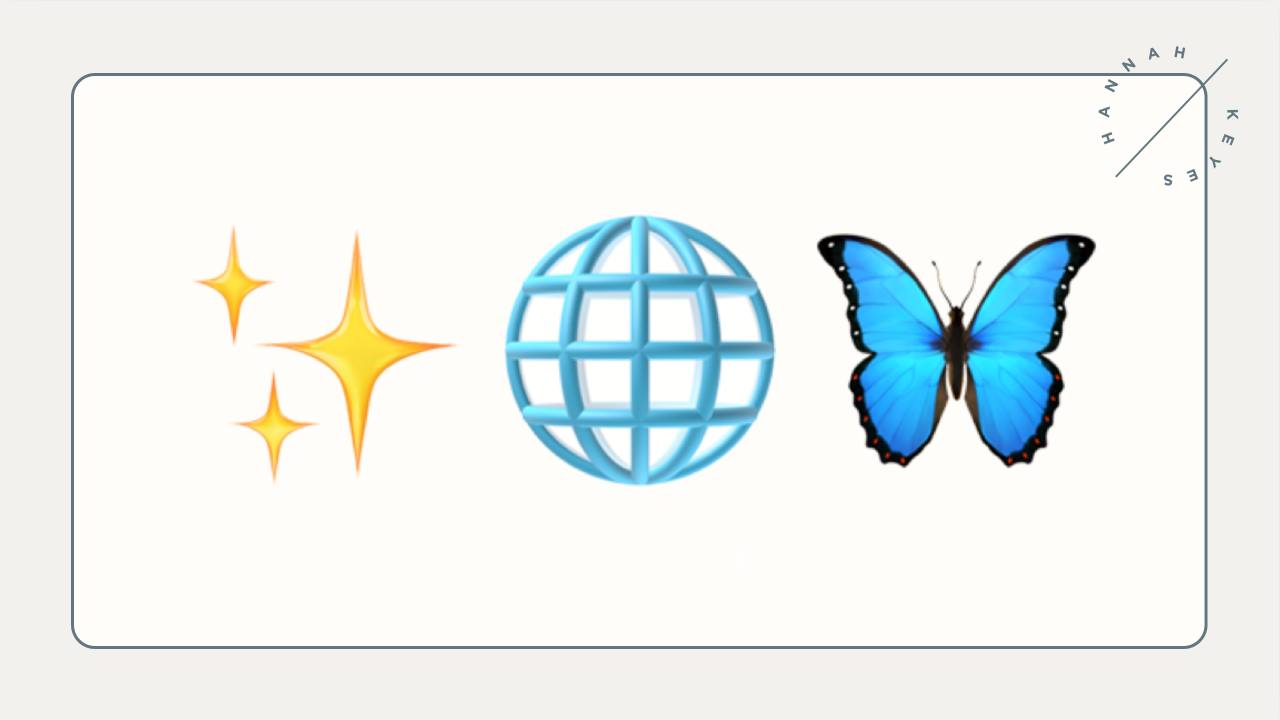acorn growth, pattern flows, and the dance of energy management
My therapist likes to say "Clarity is cheap" because information and knowledge alone often aren't enough.
It's what we do with the information that's important.
I've found this is especially true when it comes to preventing (or recovering from) burnout.
After spending over a decade collecting information about my own energy, productivity, needs, and struggles I made little tweaks, but it wasn't until 2022 that I stopped focusing on collecting knowledge and put all my effort into making changes with it—finally focusing on burnout recovery in a way I hadn't before.
Our bodies are constantly giving us information (energy patterns) and feedback (overwhelm, exhaustion, joy, etc.) and asking us to take action with it...
That's where energy management comes in.
Energy in Action
Our bodies are incredible pattern-recognition machines, constantly processing and responding to signals about our energy. But we now live in an "always on" world, where we've gotten really good at overriding these signals.
Pushing through fatigue.
Ignoring stress responses.
And treating our energy like an unlimited resource.
But here's what I've learned through both research and real experience:
Your energy isn't just about being "on" or "off."
It's a complex interplay of mental clarity, physical stamina, and emotional capacity.
Woven together just like any intricate system.
And it has patterns we can learn to work with rather than against.
Through my work in corporate, with my private clients, and my own burnout recovery journey, I've found that effective energy management has three core components that build upon each other:
PILLAR ONE: Uncovering Your Patterns
Your body sends signals constantly through a combination of physical, mental, and emotional feedback. No just fluctuations, but meaningful patterns specific to you that create your unique energy blueprint. From daily peaks and dips to monthly hormone cycles to seasonal shifts, these patterns are trying to guide you.
When you ignore them and force yourself to push through, you're not just dismissing valuable information... you're actively working against the natural rhythms, creating unnecessary friction that compounds over time.
This is your Witness phase of energy management and it uses tools like the Basic Rest-Activity Cycle, energy tracking, and energy cost calculators to help you uncover these patterns without it becoming a second job (no one has time for that!)
PILLAR TWO: Understanding your Energy
Once you start noticing your patterns, the next step is understanding what they mean for you, personally. Each activity, interaction, and environment you move within has an energy cost—positive, negative, or neutral.
But here's the crucial part... these costs aren't universal. What energizes me might completely drain you. This is where traditional productivity advice often fails us. It prescribes universal "best practices" and one-size-fits-all solutions that don't take into consideration the needs of neurodivergent, chronically ill, or disabled folks; but most of all, the human need for flexibility and cyclical systems. These solutions don't make roome to account for and accommodate your individual energy equation.
This is your Explore phase of energy management and the Pattern-to-Practice Framework is my favorite way to take energy patterns and information and turn this into something you can utilize during pillar three.
PILLAR THREE: Building Flexible Systems
Taking the awareness of your patterns and translating them into your unique needs, you can create systems that actually support your natural rhythms rather than fighting them. The key word here is flexible, because rigid systems inevitably fail.
Productivity as we know it was designed to exploit and extract, not support and protect. Your energy needs will shift and evolve over time and you deserve to have systems that grow with you instead of breaking down at the first sign of stress.
If we look at the definition of productivity, 'the state or quality of producing something' then this isn't about perfect optimization. It's about building a way of life that can flex and grow with you.
This is your Adapt phase of energy management where you collect a toolbox full of skills like Personal Menus, 3-2-1 Transition Formulas, and more to use and reuse as you go on about living your life.
Let me show you what this looks like in practice...
Example 1: The Scaling Creative
The Situation: A successful creative business owner found themselves caught in a growth paradox—their increasing client base was slowly eroding their work-life balance and ability to sustainably juggle deep creative work, business growth, and client calls. Despite work expanding into evenings and weekends, focused work was getting pushed to after 8 p.m. when their energy was depleted. Their days were consumed by client calls and inbox management, leaving little space for the strategic and creative work needed to sustain their growing team.




